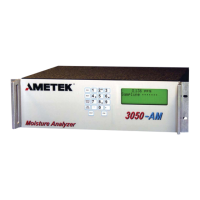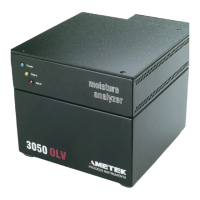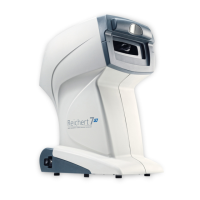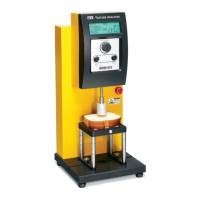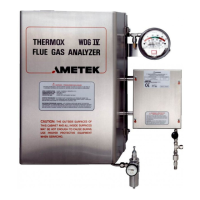Maintenance and Troubleshooting | 6-5
Preventing, Detecting, and Locating a Plug in the
Sample System
Preventing a plug in the sample system:
While various factors can contribute to plugs in the sample system, plugs
can be avoided in many cases by:
• Maintaining the ambient temperature around the analyzer, and the
operating temperatures for each analyzer temperature zone.
From the Analyzer Data tab, check the real-time temperature for each
Temperature Zone and compare it to its Setpoint temperature on the
Temperature Control dialog box.
Also, verify the surrounding ambient temperature is at least 5 °C (9 °F)
degrees above the highest expected dewpoint temperature. It is ex-
tremely important to maintain a relatively stable ambient temperature
in the vicinity of the analyzer, with no rapid temperature fluctuations.
In high dewpoint applications, plugs may occur more frequently due
to severe temperature fluctuations along the sample path or, occasion-
ally, faulty heaters in the sample system.
• Performing regular maintenance (see “Analyzer Preventive
Maintenance Schedule” in this chapter).
• Observing the analyzer response time regularly and taking action im-
mediately if longer response times are noticed (perform maintenance
on components suspected to be restricted or plugged).
Locating a plug in the sample system:
If analyzer problems occur, they are most likely related to improper sam-
ple system operation, such as a plug or leak. A plug in the sample system
can cause problems in analyzer response time, either to changing process
conditions or to Zero gas. A leak is potentially dangerous and will eventu-
ally lead to corrosion problems.
If a plug occurs on a system with an automatic shut-off valve installed in
the sample system, it may be caused by a faulty valve.

